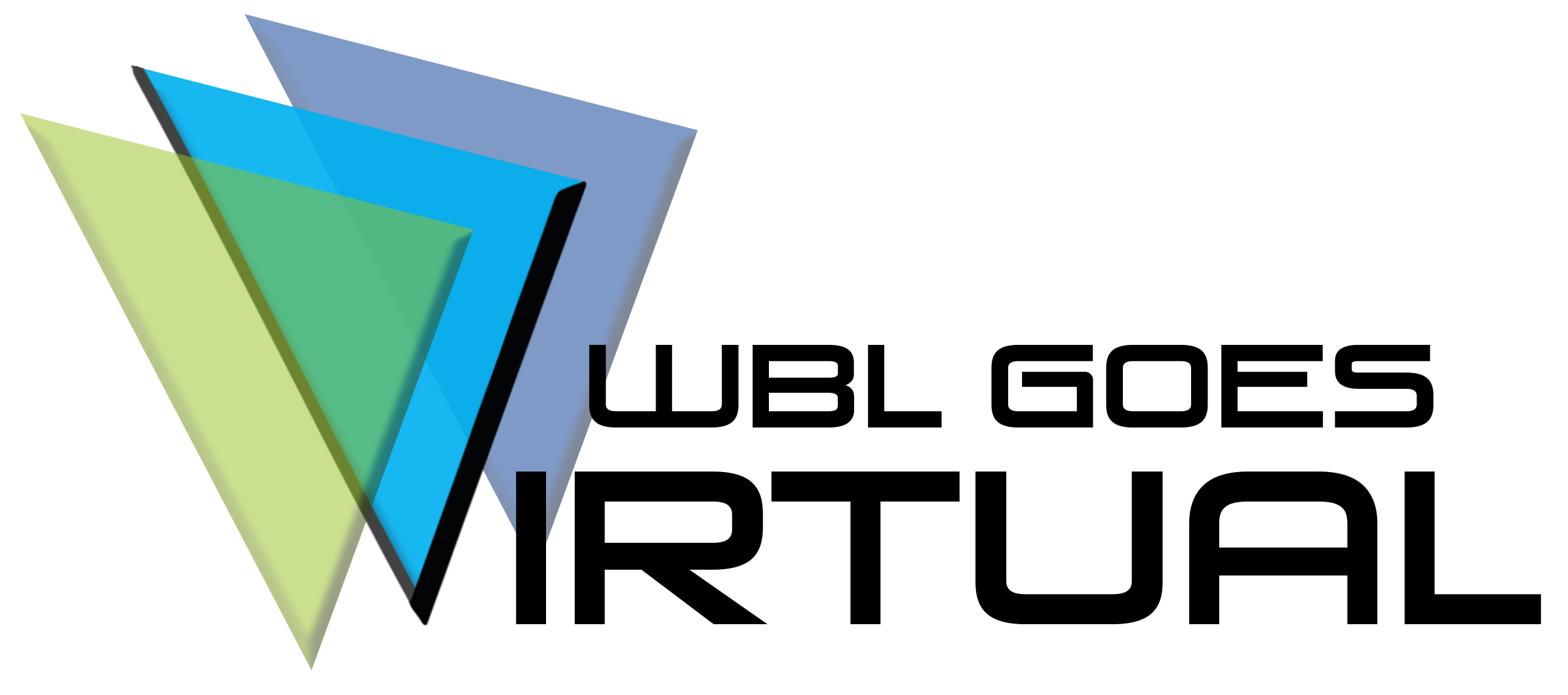 |
Discord |
| Author | Jason Citron and Stan Vishnevskiy (Discord Inc.), USA |
| Availability/Link | https://discord.com/ |
| Added Value and Benefit for virtual learning process | An instant messaging and digital distribution platform that facilitates mentor-learner interaction and offers an opportunity for learners to build their own community, coordinate activities, co-create content and interact or keep in touch with each other through a variety of forms. |
| Description of tool | Discord is a free group communication and digital distribution platform, where users can communicate with one another through voice calls, video calls or instant messaging.
Discord is a multi-faceted communication tool, that is in part similar to chat apps (offering voice calls, text messages), and in part similar to social media portals, as it offers a semi-public, social forum and forum-style community platform on which users can create or join their own groups and communities. Users are able to join or create their own “servers” (groups), with public and private options, to meet and hang out, coordinate activities or co-create content. Servers are a collection of chat rooms and voice chat channels, which can be accessed via invite links (if set to private). These servers work as groups – they are based on a variety of different topics and can be broken down to different channels – small spaces of discussions on specific topics or tasks. Each server allows for the creation of own rules, channels, members, and member roles, which in turn enable or disable users differently within server settings. Different lists of participants (called friends lists) can be created, and the platform offers easy, quick search functions to find participants. The easy-to-use interface allows for livestreaming of content (video, audio), sharing and uploading of different media (images, videos, internet links, audio recordings, documents, gifs …), as well as directly connecting to other social media accounts (such as YouTube, Twitch, Twitter, Spotify, …). In this manner, Discord works as a large study or productivity platform, where users can study in real-time with others via web cameras, screensharing or various chat and messaging forms. Discord is available as a computer or tablet app (Windows, macOS, Linux, iPadOS), phone app (Android and iOS) or in web browsers. |
| Practical application of tool/examples of use | Discord can be used to teach or study live with other users/learners via camera, screenshare, document share or chat.
Learners can use the platform as a shared environment to communicate with each other, collaborate on a project or co-create specific content, for example, a video tutorial. Can be used as a platform to connect various mentors, for example within a company or within a sector, to share learning materials and experience with WBL. |
| Price | Free to use. |
| Requirements on company level | Requires users to provide phone numbers; has age-restricted sections. Generally compliant with EU’s GDPR laws, but as it collects various data about their users, make sure to confirm with your organization’s GDPR restrictions first. |
| Copyright and usage restrictions / GDPR | none |
| More information |
|
| Comparable tools | Skype http://www.skype.com High-performing video-conferencing application. Slack TeamSpeak Zoom |
| How helpful was this post? Click on a star to rate! |
0 / 5. 0
|

